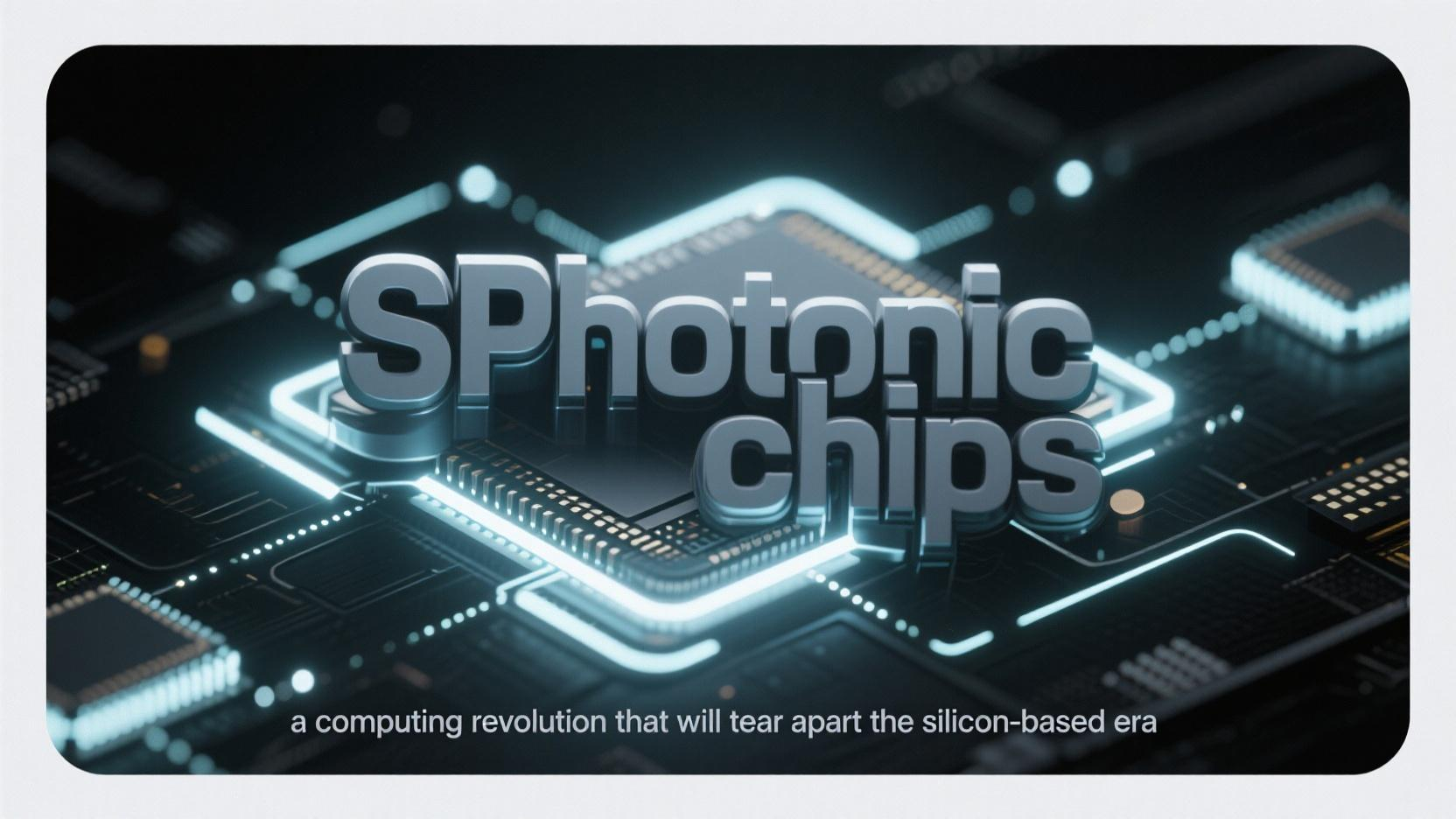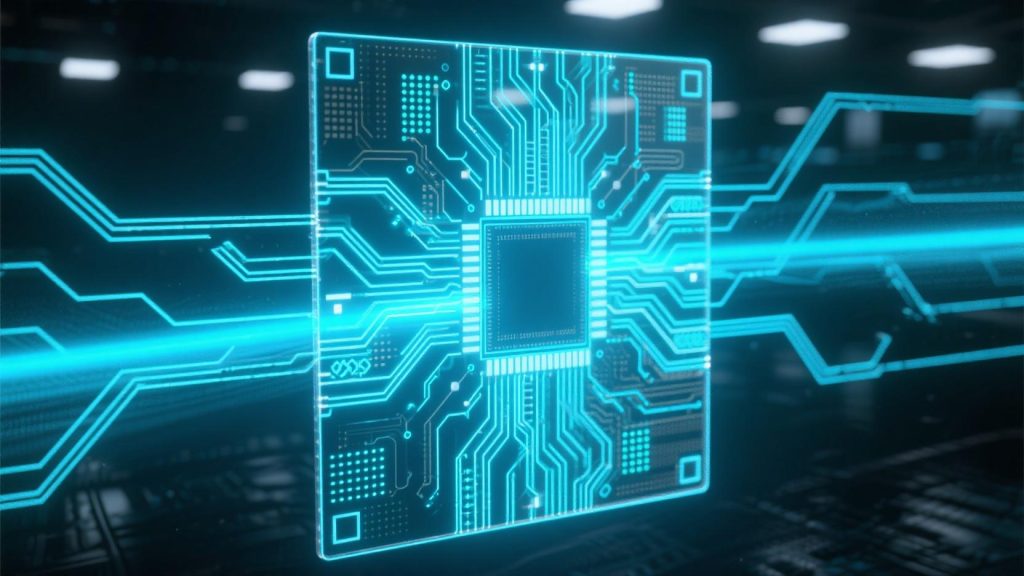
In the realm of computation, a silent revolution is unfolding—not through electricity, but through light. As the world continues to chase higher performance, lower power consumption, and faster processing, silicon-based chips are hitting their physical and thermal limits. Enter photonic processors—a radical new architecture that promises to redefine everything we know about computing.
At the forefront is Lightmatter, whose photonic chip design replaces traditional transistors with interferometer matrices that manipulate light waves to perform calculations. This leap isn’t just incremental; it’s exponential.

⚡ From Electrons to Photons: A Paradigm Shift
The performance statistics are nothing short of staggering. Running models like ChatGPT-7 on a Lightmatter chip requires just 1/94th of the energy compared to conventional electronic chips. With latency reduced to 0.02 nanoseconds, this architecture shatters the von Neumann bottleneck that has long constrained electronic computing.
In terms of computational density, photonic chips are pushing the envelope with capabilities surpassing 10¹⁵ operations per cubic millimeter—a threshold that blurs the line between hardware and ambient intelligence.
🌍 Real-World Disruption: Tesla & Google Lead the Way
The industry isn’t just watching—it’s deploying.
At Tesla’s Berlin Gigafactory, photonic AI cores have been integrated into the vehicle quality control pipeline. The result? A 400% increase in inspection speed, enabling real-time defect detection and dramatically reducing recall costs.
Meanwhile, Google has transformed its Antarctic data center into a photonic compute hub. Where frigid temperatures once posed a threat to traditional chips, they now become an advantage, eliminating the need for active cooling systems entirely.
🌫️ The Invisibility of Future Compute
The most profound impact of photonic technology may not be visible at all. As computational density soars and energy footprints shrink, we are entering what experts now call the “invisible chip era.”
In this new paradigm:
- Computation is ambient, embedded into walls, windows, even the air.
- AI no longer lives in the cloud—it’s everywhere, always on, always near.
- Devices no longer “connect” to AI. They are AI.
The implications span across industries—from healthcare and aerospace to finance and urban planning. We will no longer design devices around chips; we will embed intelligence into every surface, every object, every interaction.

🌐 The Light That Computes
Photonic processors are not simply a faster tool—they are a new language of computation. Light doesn’t just move data; it processes it. This reframes our understanding of what hardware is, what data is, and how intelligence emerges from circuits.
The silicon age may not vanish overnight. But as photons begin to outshine electrons in speed, efficiency, and scalability, the writing is already glowing on the wall: the future of computation is bright—literally.






